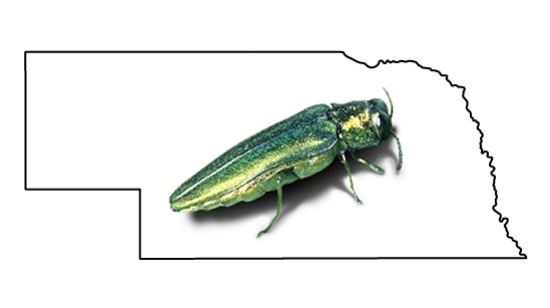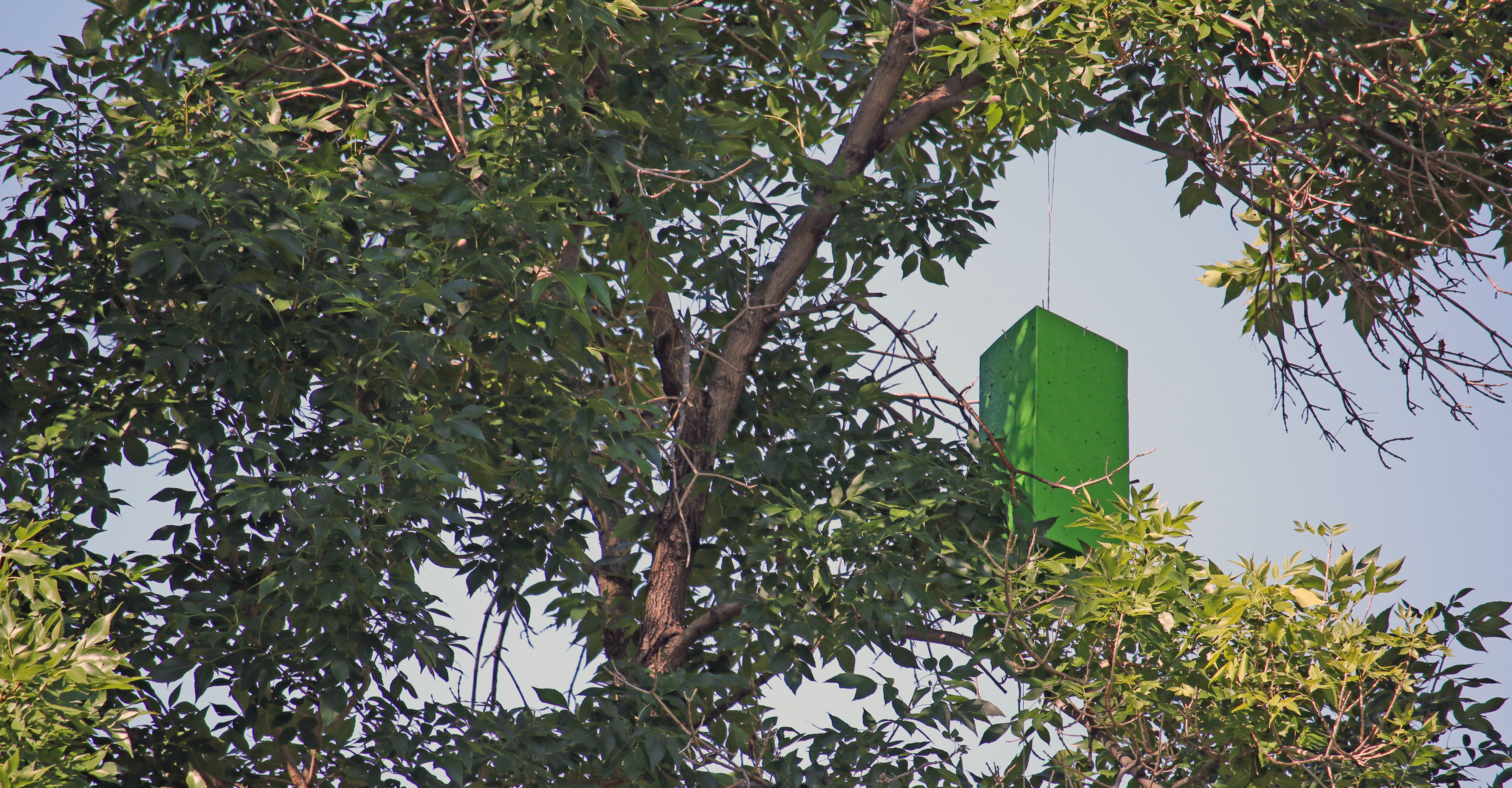Here at Be A Smart Ash, it’s our job to create a defense plan that protects Denver’s 330,000 ash trees from emerald ash borer (EAB), the most destructive forest pest in U.S. history. It has already caused a billion dollars’ worth of damage in more than 30 states and parts of Canada.
But our job goes much deeper than that.
The Be A Smart Ash movement is one part of the much larger process that we know as Denveright, an unprecedented opportunity to align citywide plans to guide future investments so that the whole is greater than the sum of its parts.
Thousands of Denverites shared their unique perspectives on what makes Denver great and how it can evolve to improve even more. You shared your voice in many ways — by attending meetings and workshops; taking online map-based surveys; talking with the Denveright street team at festivals, community events and transit stations; joining a Community Think Tank; and more.
As it relates to our parks, recreation and urban forest, you made it clear: You view these places as vital components of a complete community. And it’s our job at the Office of the City Forester to deliver them for you.
Enter the Game Plan for a Healthy City and Blueprint Denver.
Game Plan for a Healthy City
This is a new citywide parks and recreation plan for the next 20 years that proclaims easy access to parks and open space is a basic right for all residents. The Game Plan provides a roadmap for supporting and building our parks, recreation programs and urban forest to serve the needs of all Denverites in the face of ongoing population growth and climate change.
So what challenges are we facing that the Game Plan addresses? There are six big ones:
- Drought & Flooding: Roughly 11%, or $2.7 million, of our annual parks operating budget goes toward irrigation. The less drought-tolerant landscape could be lost. Droughts and flooding are both projected to increase in the future.
- Parks Not Keeping up With Growth: From 2010-2016, the city experienced 11% growth while park space grew at a slower rate. Denver’s park inventory of nine acres per thousand residents is well below the national average of 13 acres per thousand residents.
- Growth Economic Challenges: Deferred maintenance totals are $119 million and nearly one in six park assets are in poor condition. Expenses have significantly outpacing funding growth.
- Limited Access to Nature: Many neighborhoods lack walking access to places where they can experience nature. Mountain parks are difficult to access for families without a car.
- Obesity is Rising: Nearly one in six children is obese and 52% of Denver’s residential parcels are not within a 10-minute walk of a playground.
- Threatened Urban Forest: Last but not least, Denver’s urban tree canopy is one of the lowest in ranked cities and one in six trees are threatened by EAB.
Are these big challenges? You bet. But as we like to say around here, who wants to be a Debbie Downer when you can Be A Smart Ash? We have a 20-step plan for the next 20 years to address each and every one of these issues. Each one falls under one of four Game Plan principles:
- Every Drop: Adapt to the changing climate and limited resources to make the parks system more resilient and environmentally sustainable.
- Every Person: Ensure equity in the distribution of parks and park resources and programming so that all residents have the opportunity to improve their personal health and well-being.
- Every Dollar: Manage resources to ensure long-term economic and operational health of the parks system.
- Uniquely Denver: Provide parks and programming that reflect Denver’s community and cultural identity.
As it relates to our urban forest, our goals are even more specific and there are ways you can help!
- Create Connected, Safe & Accessible Places: Promote the role of streets to foster pedestrian safety, contribute to neighborhood character and accommodate green infrastructure, including street trees.
- Environmentally Resilient: Encourage low-impact development that reduces impervious surfaces by using trees, low-water landscaping and green infrastructure.
- Support our Urban Canopy: Maintain and expand the citywide tree canopy
Blueprint Denver
Working in conjunction with the Game Plan, Blueprint Denver is a citywide land use and transportation plan for the next 20 years that calls for growing an inclusive city through three basic ideals:
- Complete Neighborhoods: Creating complete neighborhoods and complete networks everywhere in our city, to meet the needs of all Denverites.
- Growth Strategy: A measured, common-sense approach to where growth should take place and how it should fit in.
- Equity: For the first time, considering social equity factors so we can tailor solutions to each neighborhood’s unique needs — ensuring changes will benefit everyone.
Once again, lofty goals, right? Well, we have another 20-year plan that we believe will get us there, with these elements at its heart:
- Land Use & Build Form: Continue to build the character and quality of places in neighborhoods.
- Mobility: Connect people to the neighborhood places where they live, work and play.
- Quality-of-Life Infrastructure: Provide neighborhoods with natural features, active recreation opportunities and social spaces.
At City Forestry, we’re particularly passionate about Quality-of-Life Infrastructure, and we’ve got specific plans to develop and strengthen it. And once again, you can help!
- More Trees: Build a more complete network of trees and plants in more places, including public and private property.
- Sustainable Trees: Become more conscientious about water use even as we’re expanding our tree canopy.
- Utilize Technology: Leverage tools to support healthy tree growth to expand and maintain a healthy tree canopy in urban areas.
Long story short, Denver has big goals. With your help, the Denveright process will lead us down a path to accomplishing each and every one of them.















